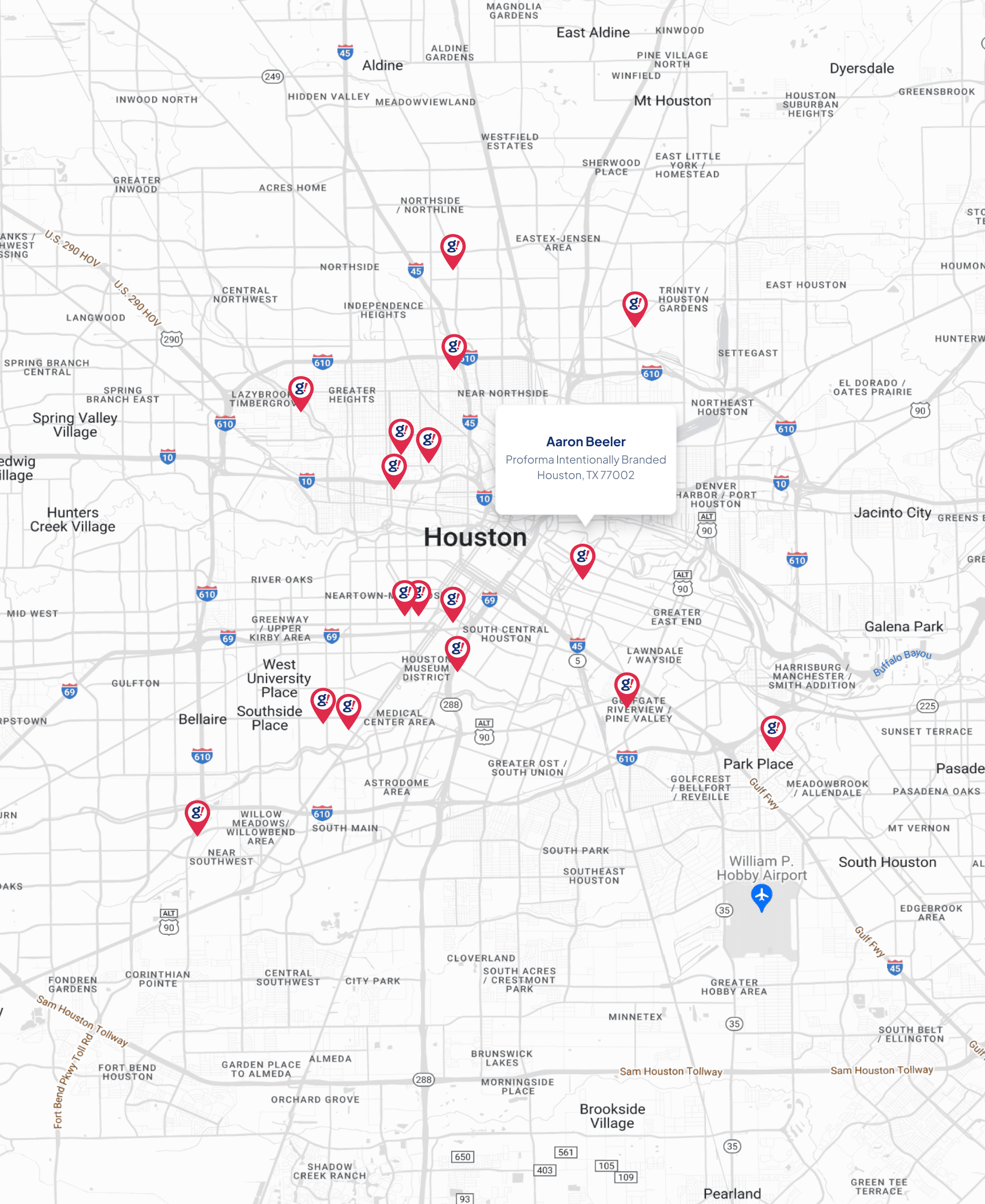The Complete Guide to Nonprofit Social Media: Strategy and Design Tips for Success
- Updated on: 2017-09-04
- Read original article here

Most nonprofits are likely aiming to amp up their social media presence this year.
TheGlobal Web Index 2015 reportreveals that an average person has five social media accounts and spends 100 minutes browsing them every day. Social media is a very competitive landscape, but also a fine opportunity for nonprofits to tell their story, engage their supporters, and drive donations. In this post we’ll guide nonprofits through the process of building an effective digital marketing strategy from scratch, with or without the backing of professional design resources. We’ll even invite you to check outCanva’s nonprofit resource page, with a ton of testimonials from leading NGOs. Without further adieu, let’s get cracking on that social media strategy:
Once you’ve identified what you’ll be using social media to achieve, it’s important to implement measures for success. Your social media success KPIs should reflect your nonprofit’s success in creating long-term sustained interactions with audiences, so using metrics to accurately measure theandof customers along this journey will be most beneficial. For instance, number of views on a Facebook post might reflect an increase in awareness; number of clicks might reflect interest in your cause and donation dollars capture the conversion of new customers.
Before you even write a single post, it’s important to know who you’re writing for. An established nonprofit may already have a good sense of their key audience demographic, but it’s still a great exercise to develop user personas. So, how do you discover your user personas? Conduct surveys and interviews. The best personas are often created by getting out there and talking to your audience. It will give a human face to a collection of abstract data and it will allow you to classify groups for different social media campaigns. Armed with this knowledge, you may end up writing two posts on the same subject with a different angle for each customer group. provides a great case study example with Make-A-Wish Foundation.
Once your audience is clearly defined, you’ll then need to know where they hang out before you can start communicating with them. It’s not only important to understand where your users are congregating, you also need to know where they’re most active and most vocal. “You’d never speak at a conference if all the attendees were next door, so why try engage an audience if they’re active on another social platform?” says , a member of Canva’s growth marketing team. Focus on 2-3 active platforms. Too many nonprofits start by creating accounts on multiple platforms, only for them to become inactive in a matter of months. Not responding to your followers damages the brand more than not having a presence on the platform at all. Use tools liketo better understand where your target market is most active and what content they’re likely to share. If your campaign includes visual imagery, Canva’scan save you a huge amount of time by easily resizing your design into any format you need at the click of a button.
You’re already three quarters of the way there: you’ve done your audience research and understood the channels most likely to reach your target audience. Now it’s time to focus on content. Without a framework for what to say and a plan for how and when to say it, you risk leaving your audiences confused (best case scenario), or them ignoring you (worst case scenario). Who wants that? Here are 5 quick tips to help you build a strong content strategy for your nonprofit:
Creating a calendar that sets out what you’re going to say and when you’re going to say it allows you to plan for when your audience is most likely to listen. Make sure your content is relevant to where people are in their lives and the season. Automating your content publishing also ensures your nonprofit maintains presence without tying up resources. Tools likeandhelp you to manage your social media schedule and listen to your audience’s feedback. If you’re after a free solution, managing your schedule in daily/weekly/monthly folders (on your computer or in) works well too.
If there’s one secret to social media, this is it. There’s no ROI without engagement. Let’s take another real world example. You’re at a dinner party and sitting on either side of you are two people you’ve never met before. The girl on your right introduces herself and asks you questions about where you grew up, your hobbies and relationships to mutual friends at the dinner. When answering her questions she looks you in the eye, undistracted, and often chimes in with common interests. The guy on your left introduces himself and immediately tells you why he’s at the party, about his week, and why his friends think he’s so funny. He doesn’t ask you a single question or establish mutual friends or interests. Who are you going to be more interested in continuing the conversation with and who are you going to escape at your first opportunity? The same goes with social media. Posting for the sake of posting simply won’t get you the results you’re after. The goal is to capture the attention of your audience and motivate them to listen, relate, respond and, hopefully, share.
Just like in the real world example above, people are much more likely to engage when asking questions or inviting feedback. Whether you publish surveys, seek advice, start a dialogue or promote a competition, motivate your audience to get involved. The very essence of social media is just that, being social. While your tone may be more formal on other channels, social media is a particularly good place to cultivate a personable brand voice that helps your supporters feel connected. Don’t be afraid to use humor here either. Sharing exposes your content to channels you wouldn’t otherwise be able to penetrate. Make your posts easy to share by using imagery, infographics and shortlinks. Take the time to respond when people share their thoughts with you (you’d be surprised how many people miss out on that.).
“There’s nothing difficult about analysis, except the diligence to actually do it” — Andrianes Pinantoan, Growth Marketer at Canva. So far in this article we’ve discussed that social media can be an extraordinarily effective marketing tool, but it can also be a tremendous time sink for nonprofits that don’t monitor the success/failure of their campaigns. While keeping an eye on followers, shares and likes gives some insight, there are other metrics that are far more important, but often ignored. Miss these, and your ability to drive major performance results from your social media campaigns will decline significantly. So what metrics should you look for? We’ve identified already that the primary goal of your social media campaign should be boosting customer engagement and brand awareness, so you’ll want to monitor metrics that provide valuable insights into these facets. It’s also important with each campaign to ask yourself what you’re trying to achieve. Is it to attract donations, signups to your newsletter or perhaps conference attendees? Tracking performance and demonstrating results will show the leaders of your nonprofit the importance of investing the time and resources into social media.
In social psychology,is the process of explaining the causes of behavior and events. Social media is no different, it’s critical to understand how the things you’re saying are causing people to respond. While followers and mentions can be a good indicator of overall brand awareness, it provides little information about how certain conversations drive particular actions. Marketo and Convertro do a great job of measuring how many social interactions it takes before one of your prospects becomes a customer (however you choose to define “customer”). This kind of information helps define what a good campaign looks like to your audience and how to better allocate your marketing resources towards successful social strategies.
A 2009 study byfound that customers exposed to a brand on social media are 180 percent more likely to search for that brand on Google. This clearly demonstrates that search volume for your nonprofit is an important metric, yet many brands somehow fail to monitor it. Research also suggests that social media plays an important role in SEO too, withreporting that 74% of companies and 82% of agencies saying that social media is either somewhat or highly integrated into their SEO strategy. Ultimately, the web is all about building relationships, fostering audiences, expressing identity and sharing ideas – it’s inherently social, so it’s important not to ignore how your audience is searching for your brand outside of your social channels. Tools like andcompare changes in search volume for your brand over time and even allow you to track this against other nonprofits in the sector (to see how their social strategies are weighing up against yours). For a more in-depth list of metrics, Buffer has comprised a comprehensive list of“61 Key Social Media Metrics”, which they have split into different categories, allowing you to identify the metrics most important to your social media goals: The output of your social team; Interactions and interest in your brand;
No matter the size of your nonprofit there is no doubt that a well executed social media strategy will effectively increase awareness, engagement and retention for your brand. Social media is both an arta science. Whatever phase in your social media marketing journey that you’re on, there’s no doubt it will be beneficial to learn the various tips, tricks and tools discussed in this article. Over time, you will learn what content gets your community talking and how to fine tune your nonprofit’s social media strategy to get the best possible results. But most importantly, have fun doing it. Set reasonable expectations and understand that building a sustainable social media strategy is a long-term game. Like any great relationship, it’s all about communication over time, and there’s no better time than now to get started. If you have any questions about social media strategy or recommendations based on what has worked well for your organisation, please let us know in the comments below. And, again, check out Canva’s nonprofit resource page to read up on the work we’ve done with nonprofits like Amnesty International and Stop Hunger Now.



